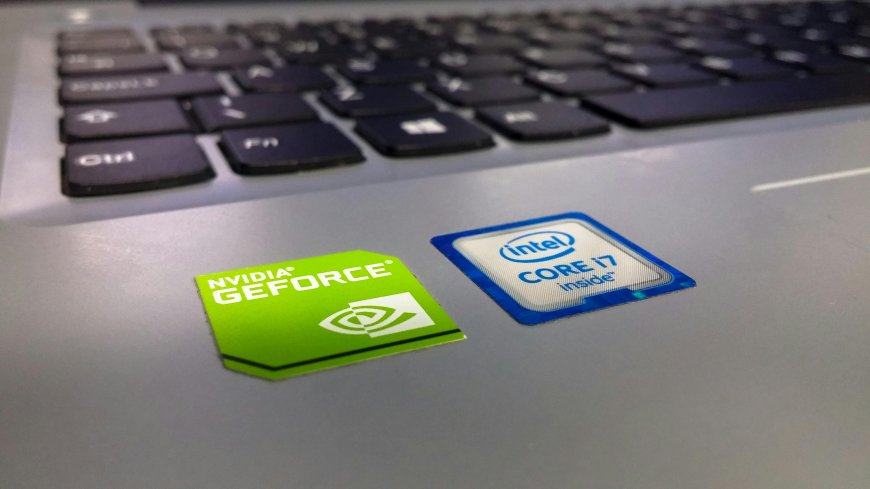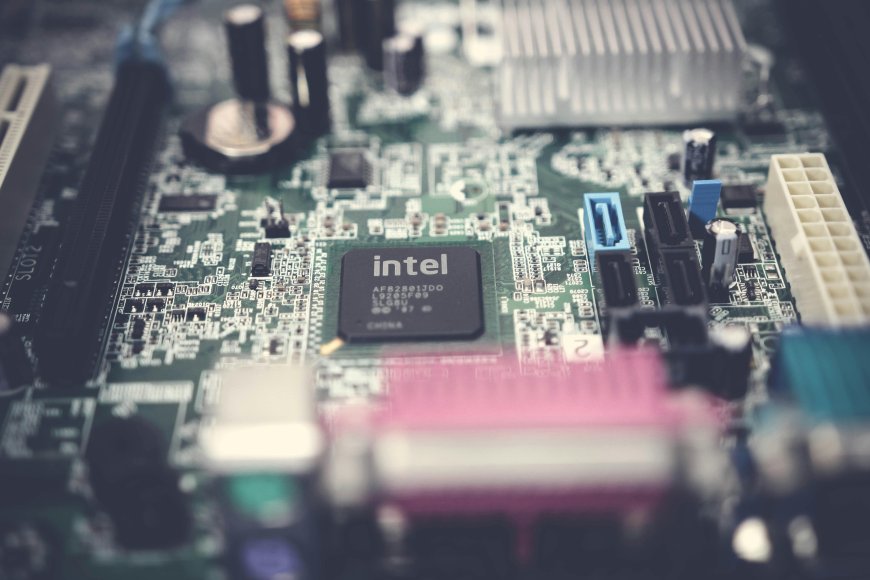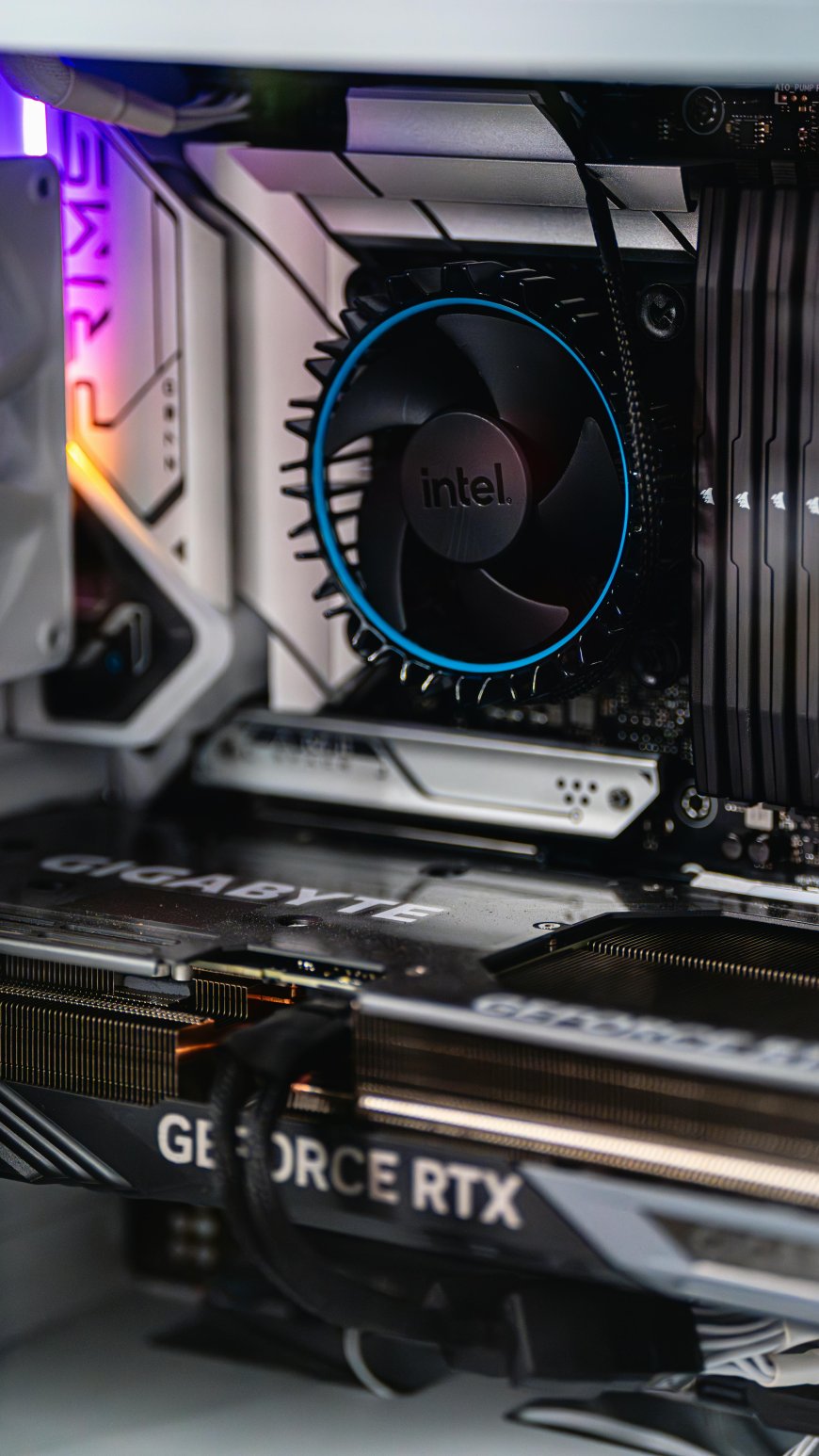Intel Surges as SoftBank Invests $2B Amid US Government Talks
Intel shares rise after SoftBank invests $2B, while Washington weighs a 10% stake to boost U.S. semiconductor manufacturing.

Intel’s stock soared in after-hours trading after Japanese investment giant SoftBank announced a $2 billion stake in the American chipmaker. The move comes as Washington considers an unprecedented deal to convert federal grants into equity, potentially giving the U.S. government a 10% share in Intel.
For investors, technologists, and policymakers, the dual developments mark a dramatic turn in the global race for semiconductor supremacy. At a time when chips are as critical as oil in powering economies, Intel finds itself at the heart of a battle over national security, technological leadership, and economic resilience.
SoftBank’s Strategic Bet on Intel

Under the terms announced Monday, SoftBank will acquire Intel shares at $23 apiece, a price that reflects both the challenges and opportunities facing the U.S. chip giant. The Japanese conglomerate framed the deal as part of a shared vision to accelerate innovation in semiconductor technology.
SoftBank, best known for its early bet on ARM Holdings, has a track record of investing in companies that anchor critical digital infrastructure. Its Intel move, analysts say, is a calculated vote of confidence in the company’s turnaround plan.
For Intel, the cash injection provides breathing room at a time when it is pouring billions into new fabrication plants across the U.S.
U.S. Government Eyes Equity Stake
What makes the Intel story extraordinary, however, is not only the SoftBank deal but the potential involvement of the U.S. government. Reports suggest the Biden administration is exploring the idea of converting federal grants under the CHIPS Act into an equity stake of up to 10%.
If confirmed, it would represent a sharp break from precedent. The U.S. government has historically funded technology through contracts and incentives, not direct ownership.
Supporters argue that such a move would:
-
Anchor Intel’s role in domestic chipmaking
-
Secure supply chains critical to AI, defense, and cloud infrastructure
-
Send a message to rivals in Asia that Washington is committed to industrial leadership
Critics, however, warn it could set a dangerous precedent, blurring the line between public funding and political influence over private companies.
Political Theater in Washington
The government’s deliberations have unfolded against a backdrop of political drama. Just last week, President Donald Trump publicly called for Intel’s CEO, Lip-Bu Tan, to resign over what he described as “conflicted ties” to China. Days later, Tan was seen in a high-profile meeting with Trump and cabinet officials.
The optics underscored Intel’s delicate position. On one hand, it is one of the last U.S. companies capable of producing advanced chips at scale. On the other, it faces immense scrutiny from both political parties, each eager to shape the narrative around American industrial strength.
For Intel’s leadership, navigating these crosscurrents is as much about diplomacy as it is about engineering.

Market Reaction: A Vote of Confidence
Intel shares jumped more than 5% in after-hours trading following the SoftBank announcement. Investors interpreted the move as both an endorsement of Intel’s future and a signal that the company retains powerful backers in its comeback bid.
The surge also reflects broader market optimism about the semiconductor sector. With demand driven by artificial intelligence, cloud computing, and defense applications, chipmakers are once again at the center of investor attention.
Still, Intel remains under pressure. It has lost market share to rivals like Taiwan’s TSMC and South Korea’s Samsung, whose cutting-edge fabs outpace Intel’s by several years. Closing that gap will require flawless execution—and deep pockets.
Story from Inside Ohio: Hopes and Fears
In Ohio, where Intel is building a flagship manufacturing hub, the stakes feel personal. At a local diner near the construction site, workers in hard hats talk about the factory as a “lifeline” for the region.
“I’ve been out of steady work for months,” said Mark, a former steelworker now training to join Intel’s supply chain team. “If this plant succeeds, it changes everything for families like mine.”
Yet the optimism is tempered by uncertainty. Some residents worry about political interference or whether Intel can truly compete with Asian giants. For them, the flurry of headlines about government stakes and foreign investors feels distant—what matters is whether the jobs will last.
The Bigger Picture: Chips as Geopolitics
Intel’s trajectory is about far more than one company’s balance sheet. At its core lies a question central to global politics: who controls the future of semiconductors?
-
National security: Advanced chips power fighter jets, satellites, and cyber defense systems.
-
Economic competitiveness: AI, 5G, and quantum computing all depend on semiconductor breakthroughs.
-
Geopolitical leverage: Taiwan’s dominance through TSMC makes global markets vulnerable to instability in the Taiwan Strait.
For Washington, ensuring Intel’s success is about reducing dependence on Asia and positioning the U.S. as a technological superpower in the next decade.
Risks and Rewards of Government Intervention
While a government stake in Intel could bolster confidence, it also carries risks. Some economists warn it may politicize corporate strategy, forcing companies to align with policy agendas rather than market realities.
There is also the question of precedent. If Intel receives such treatment, will other firms—from defense contractors to energy giants—demand similar arrangements? Could political cycles influence which companies receive support?
Proponents counter that extraordinary times call for extraordinary measures. With semiconductors as the “new oil,” they argue, Washington cannot afford to stand idle.
Conclusion: A Defining Moment for Intel and the U.S.
Intel’s dual headlines—the $2 billion SoftBank investment and the possibility of U.S. government ownership—signal a company at the center of history. Its success or failure will reverberate far beyond Wall Street, shaping supply chains, security strategies, and global power balances.
For Intel employees in Ohio, for investors in Tokyo, and for policymakers in Washington, the message is clear: the future of chips is too important to leave to chance.
As one analyst put it, “This isn’t just about Intel. It’s about who builds the brains of the modern world.”
FAQs
1. Why did SoftBank invest $2 billion in Intel?
SoftBank sees Intel as a strategic player in semiconductor innovation and believes the investment will support its turnaround and U.S. expansion.
2. Is the U.S. government really planning to buy Intel shares?
Reports suggest Washington is considering converting CHIPS Act grants into a 10% equity stake, though no official confirmation has been made.
3. How did markets react to the news?
Intel shares rose over 5% in after-hours trading, reflecting investor optimism about SoftBank’s confidence and potential U.S. backing.
4. Why is Intel so important to national security?
Intel is one of the few U.S. firms capable of producing advanced chips essential for AI, defense, and cutting-edge computing.
5. What challenges does Intel still face?
Intel must close its technology gap with rivals like TSMC and Samsung while executing massive new U.S. manufacturing projects.
What's Your Reaction?
 Like
0
Like
0
 Dislike
0
Dislike
0
 Love
0
Love
0
 Funny
0
Funny
0
 Angry
0
Angry
0
 Sad
0
Sad
0
 Wow
0
Wow
0






































































